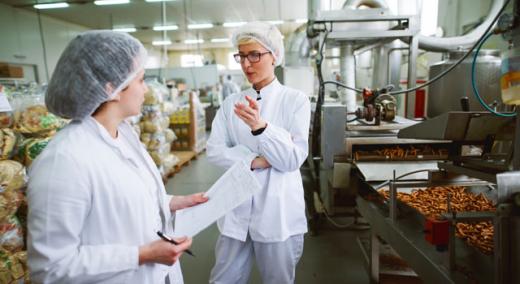Safer food, better health: This was the theme of World Food Safety Day (June 7, 2022), and it’s obvious, is it not, that access to safe food is vital for life and health? The challenge in today’s world is how to achieve this. Global food systems, already under pressure before the pandemic, are now subject to supply chain bottlenecks, the impacts of accelerating climate change, and fluctuating geopolitical tensions.
|
ADVERTISEMENT |
According to the World Health Organization (WHO), the theme “safer food, better health” highlights the importance of safe, nutritional food in ensuring human health and well-being. We all have a part to play in achieving this. Whether we grow, process, transport, store, sell, buy, prepare, or serve food, food safety is in all our hands.
The need to tackle the challenge is pressing. The WHO says unsafe food causes 600 million cases of foodborne diseases worldwide and 420,000 deaths. Some 30 percent of foodborne deaths occur among children under five. These figures are likely to be an underestimation.
…

Add new comment